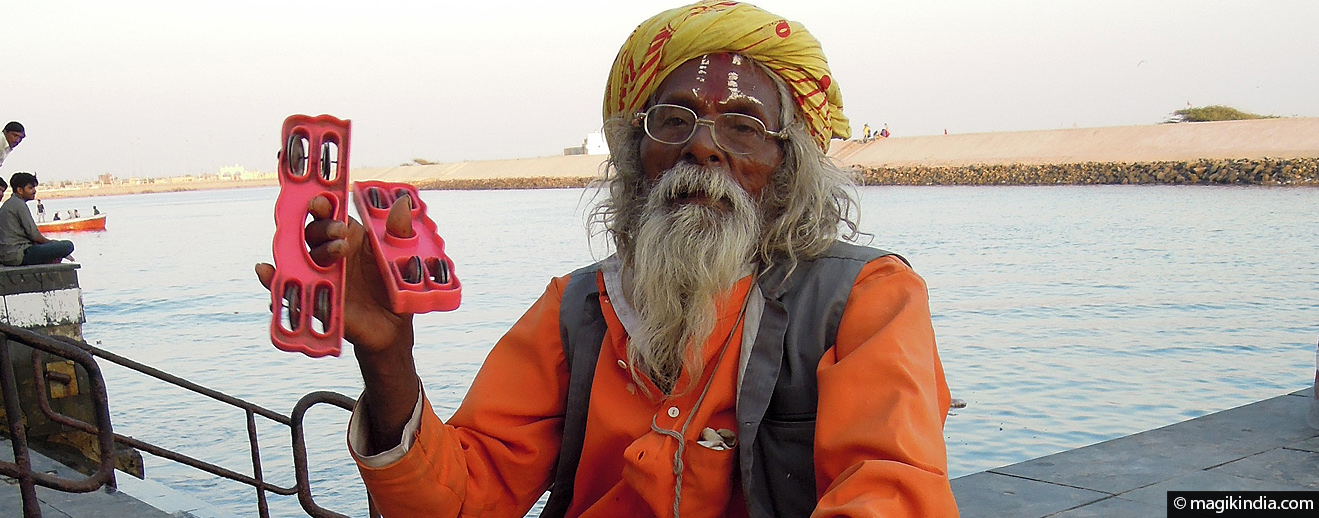
Sapta Puri, the seven holiest cities in India
To Hindus, the Sapta Puris are the seven holiest cities in India. Sapta means ‘seven’ and puri means ‘town’. These seven holy cities are also called the Sapta Moksha Puris, the ‘seven cities of liberation’ or the Sapta Tirtha, ‘seven places of pilgrimage’.
It is generally believed that visiting these cities puts an end to the cycle of deaths and rebirths (reincarnation) and brings about moksha, ‘liberation’.
The Sapta Puri are birthplaces of great spiritual masters, places where mythical gods have come to Earth as avatars (incarnations), or places considered to be Nitya tirthas, naturally endowed with spiritual powers since ancient times, such as Varanasi and Haridwar.
Those seven towns are : Varanasi, Ayodhya, Mathura, Haridwar, Kanchipuram, Ujjain and Dwarka.
1 – Varanasi
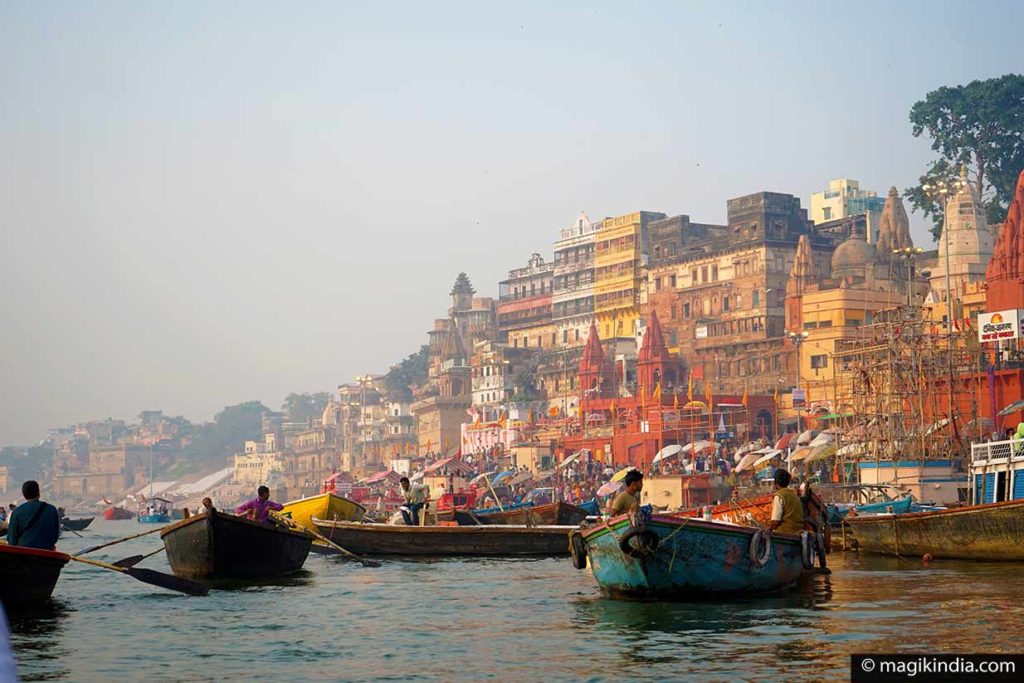
Varanasi is considered as the most sacred of the seven tirtha.
They say that Brahma the creator god once declared, “I had to create the world several times but Kashi is different. It was created by Shiva in person”. Varanasi, Benares, Kashi, city of light, is a town to be lived in and felt rather than visited. The city of Shiva speaks to the soul….
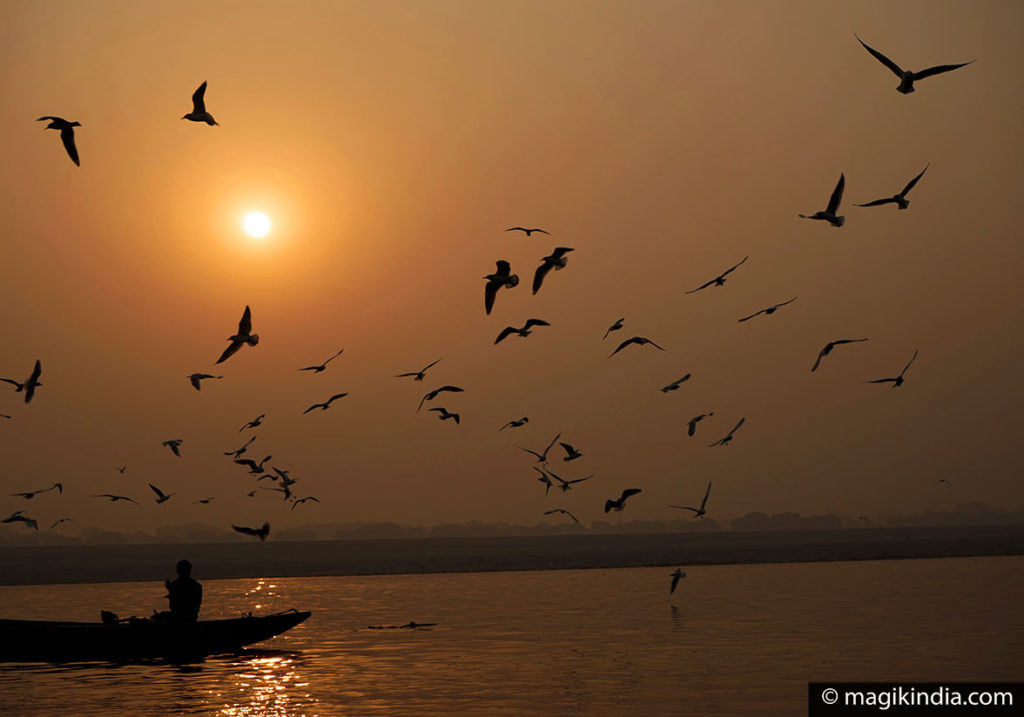
2 – Ayodhya
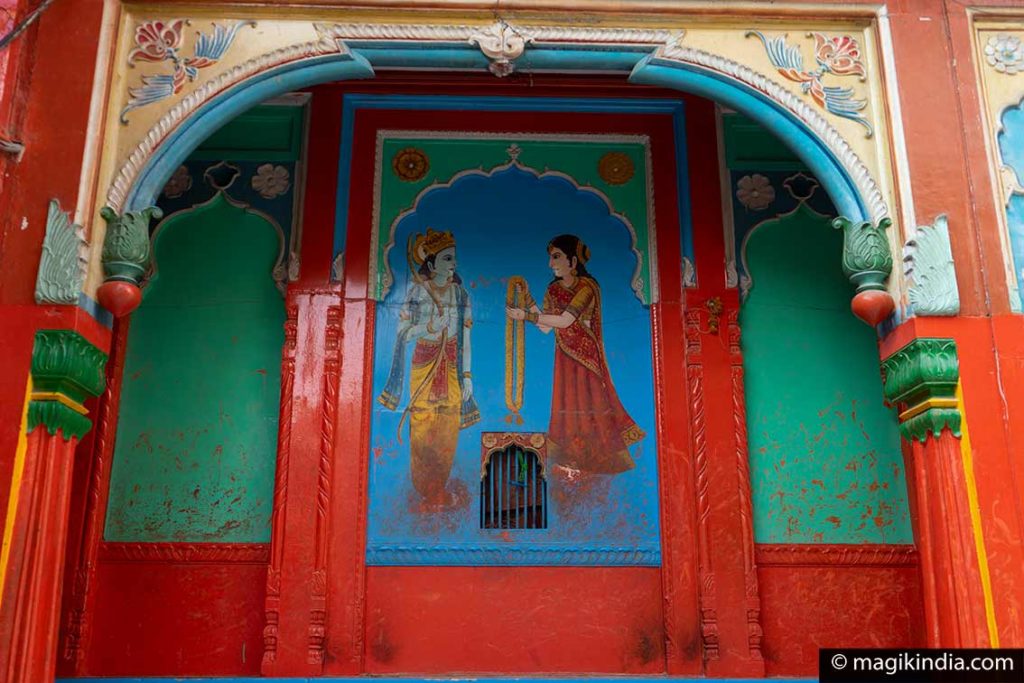
Ayodhya stands on the right bank of the Sarayu, 6km from Faizabad in Uttar Pradesh. In Hindu mythology Ayodhya was the birthplace of the god Rama, seventh incarnation of Vishnu. In fact that is the meaning of its nickname Ram Janmabhoomi. According to the Ramayana, the town in 9000 years old and was founded by Manu (the first man, according to the Vedas)…

3 – Mathura
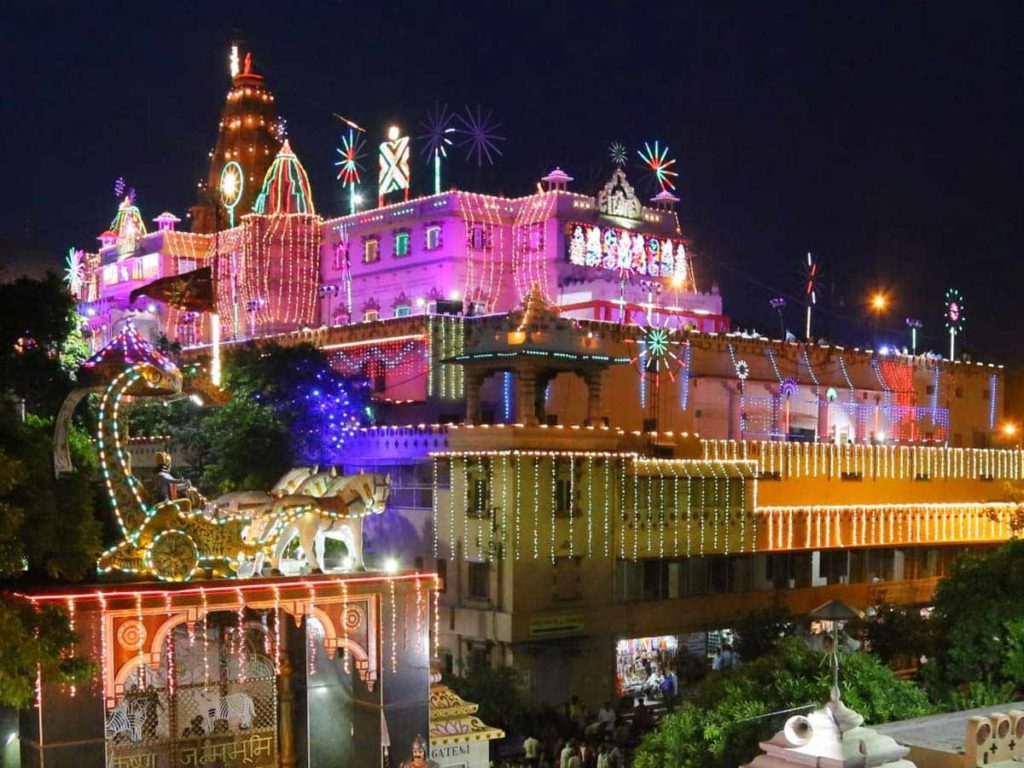
Mathura’s history goes back to early times. It is mentioned in the Ramayana, India’s oldest epic. The name is said to derive from Madhuvan (“the forest of Madhu”) because it was abundantly wooded. Mathura is a major place of pilgrimage, It is said that Lord Krishna was born there.
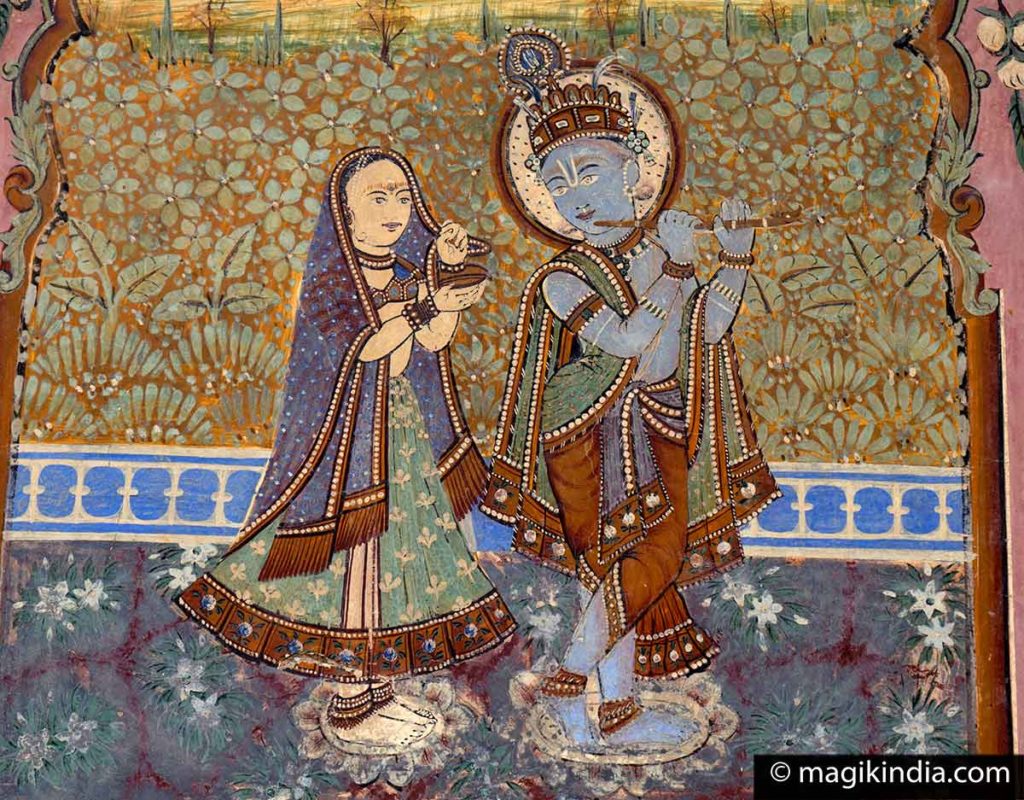
4 – Haridwar
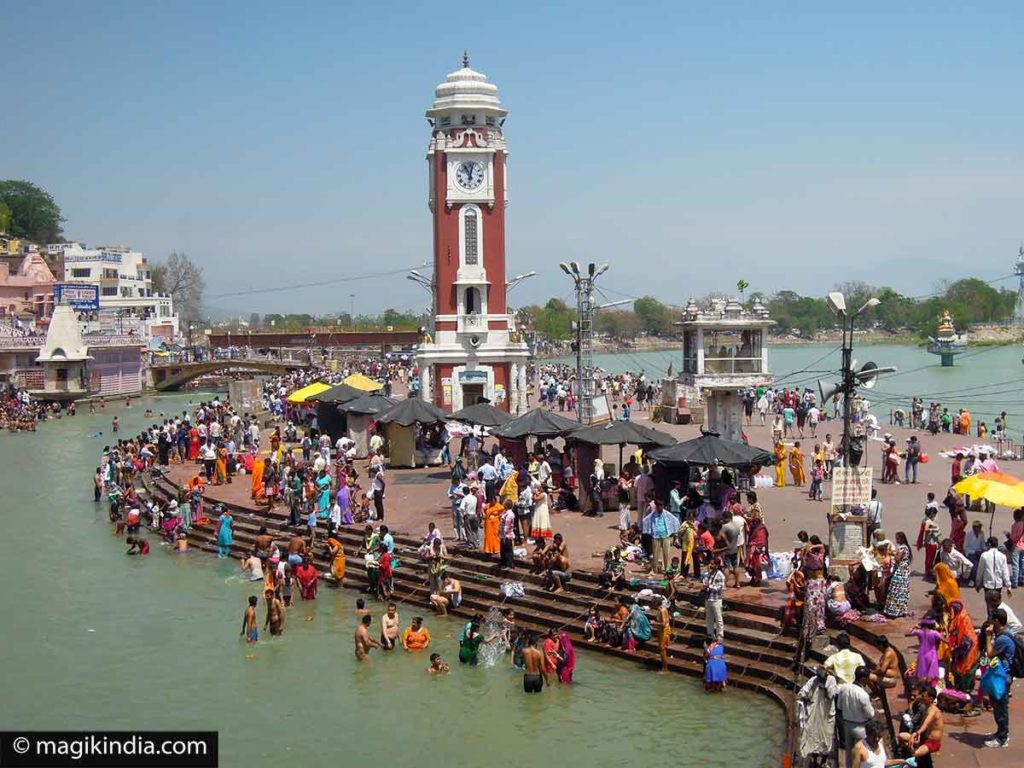
Haridwar est située sur les rives du Gange dans L’Uttarakhand. “Haridwar” signifie littéralement “porte du dieu Vishnu (Hari)” ou “passerelle du dieu Shiva (Har)”.
Selon la mythologie hindoue, Haridwar est l’un des quatre sites où une goutte d’Amrita, l’élixir d’immortalité, a été déversée accidentellement d’une cruche que portait l’oiseau céleste Garuda, après la “Manthan Samudra” (barattage de l’océan par Vishnou). Les trois autres lieux sont Ujjain, Nasik et Allahabad…

5 – Kanchipuram
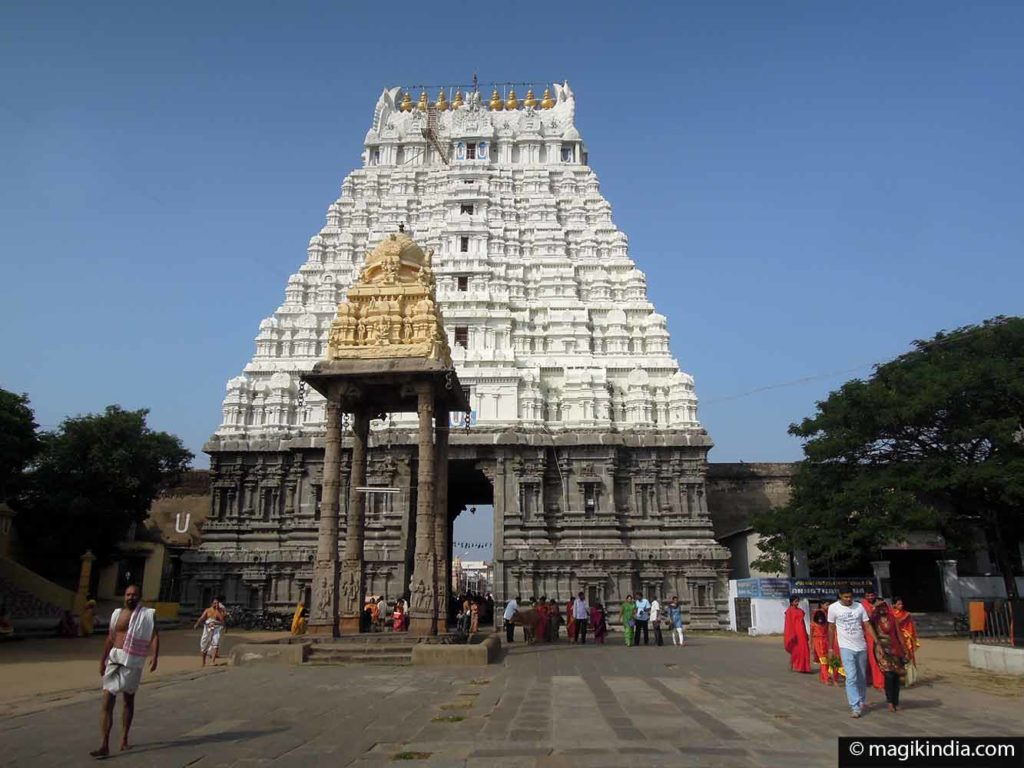
It is said that Kanchipuram gives eternal happiness to those who visit it.
Located 65km from Madras on the banks of the river Vegavathy, Kanchipuram is known as the City of Gold or the City of a Thousand Temples. It is one of India’s seven most holy places, the Sapta Puri.
Kanchipuram was the capital of the Pallava kings from the 6th to 8th centuries. In those days it was renowned as a ghatikasthanam – a place of learning…

6 – Ujjain

This place is especially holy owing to the presence of Mahakaleshwar, “Lord of time and death”, one of the 12 Jyotir Lingams or “Lingams of light”. There are two Jyotir Lingams in the state of Madhya Pradesh, the other being Omkareshwar.
Once every twelve years Ujjain hosts the Kumbha Mela, the world’s largest religious gathering…
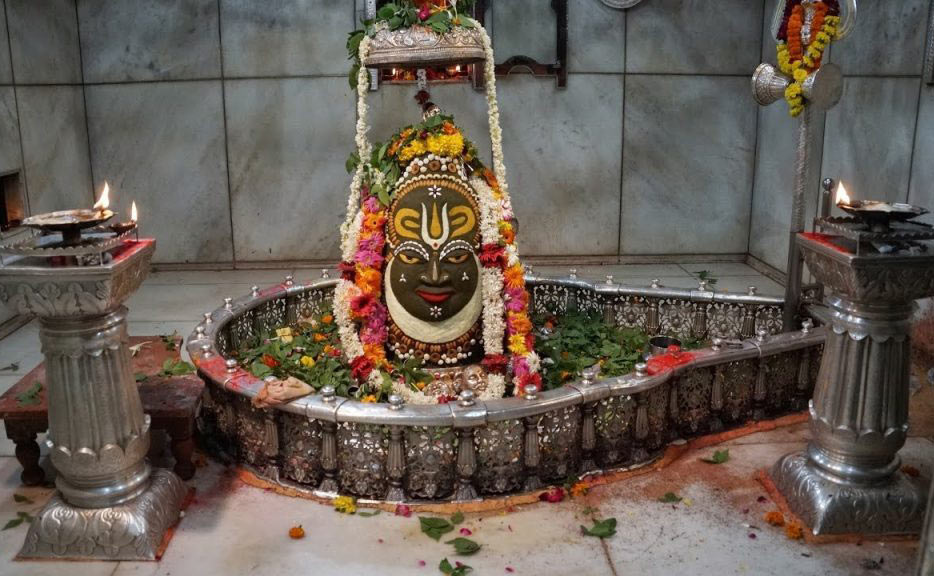
7 – Dwarka
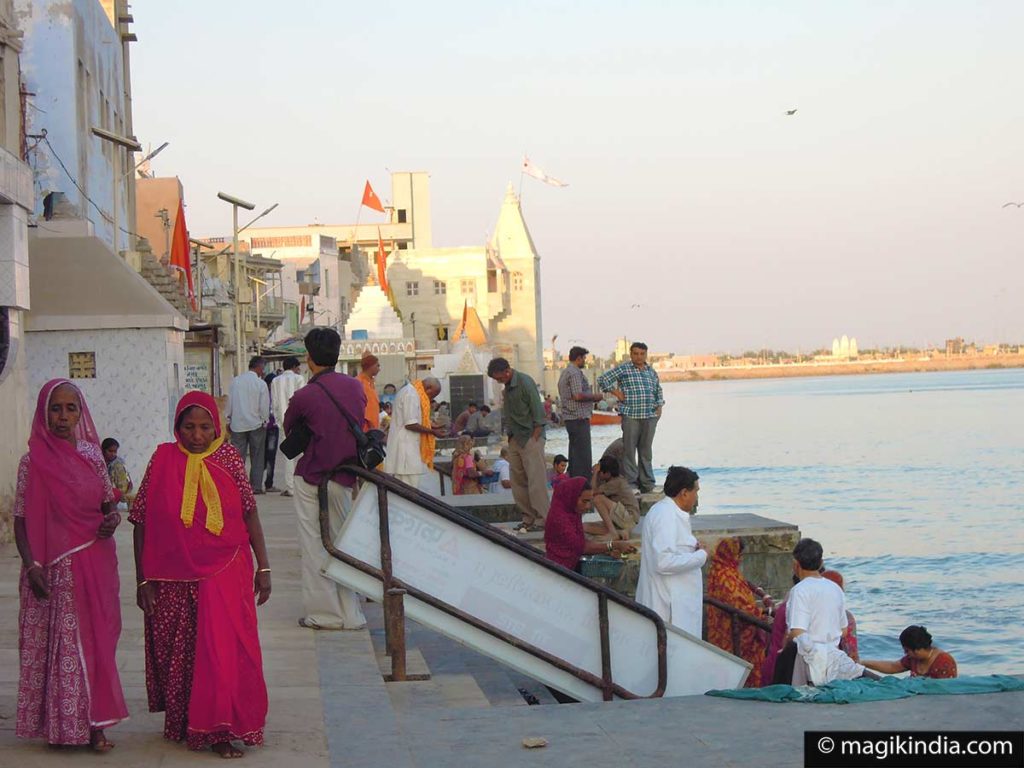
The holy city of Dwarka is a peaceful sacred town beside the Oman Sea.
Dwarka tells you about Lord Krishna’s story who founded his kingdom here, and how the mystic poetess Mirabai spiritually united with him.
This holy city is not only part of the the Sapta Puri. it is also one of the subcontinent’s four most revered pilgrimage centres (the Char Dham).
It is said that Krishna, an incarnation of the god Vishnu, migrated from Mathura to Dwarka to found his capital here 5000 years ago…



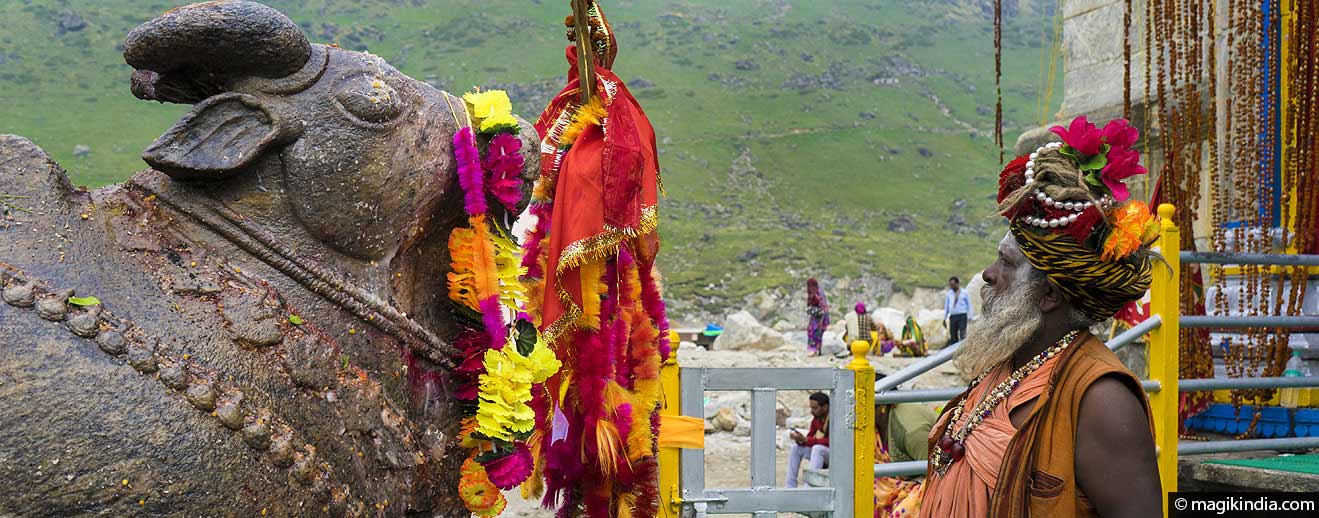
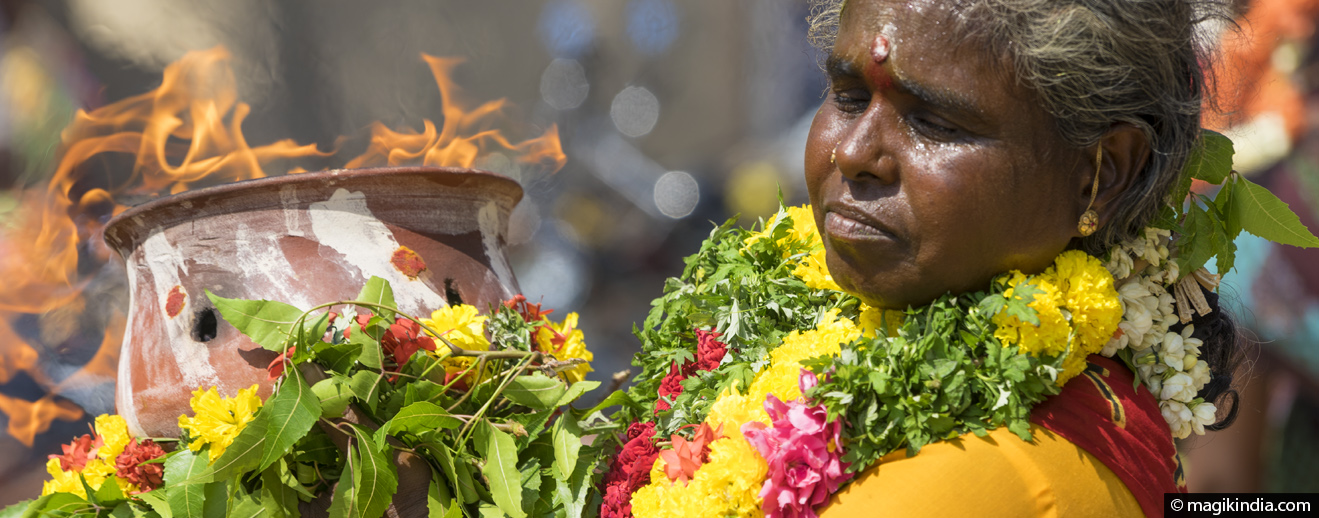
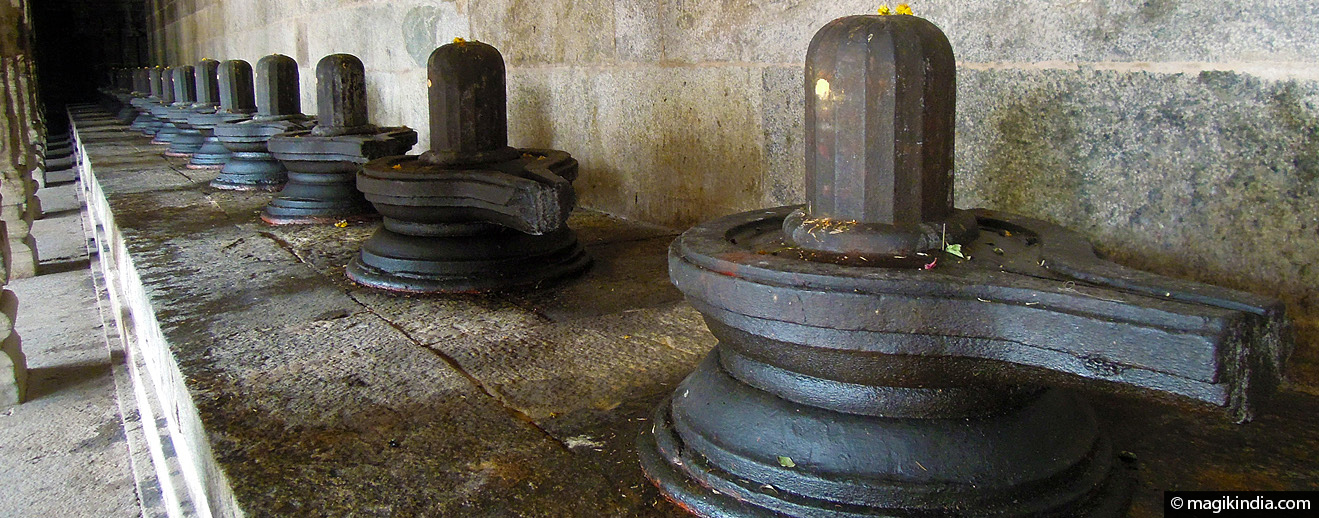
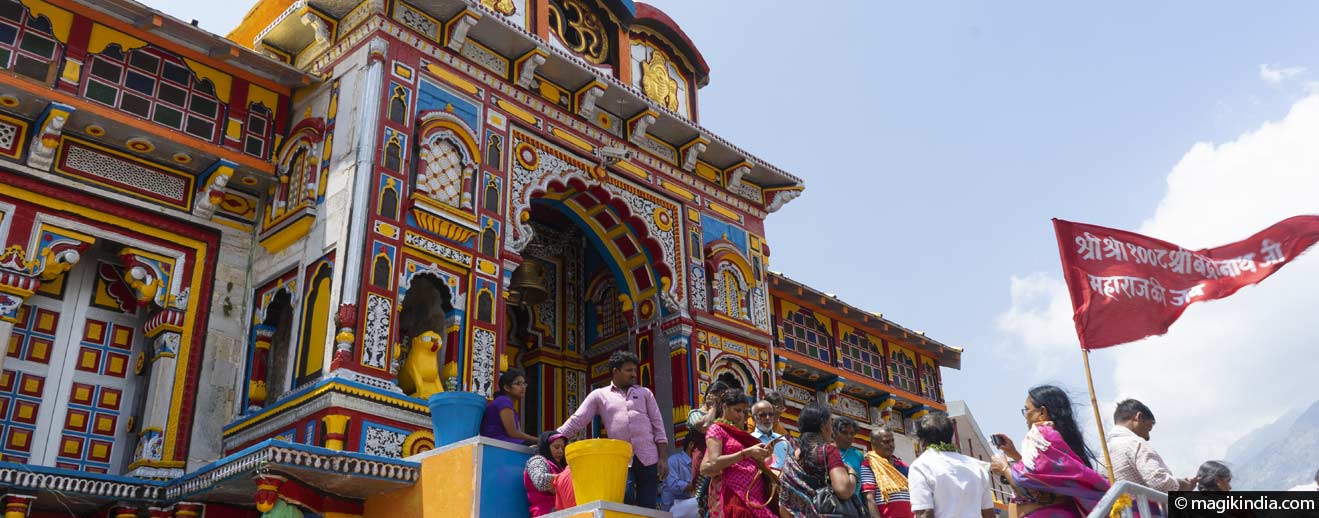

very nice article about Sapt Puri .
Thanks, Jai ho, Mathini